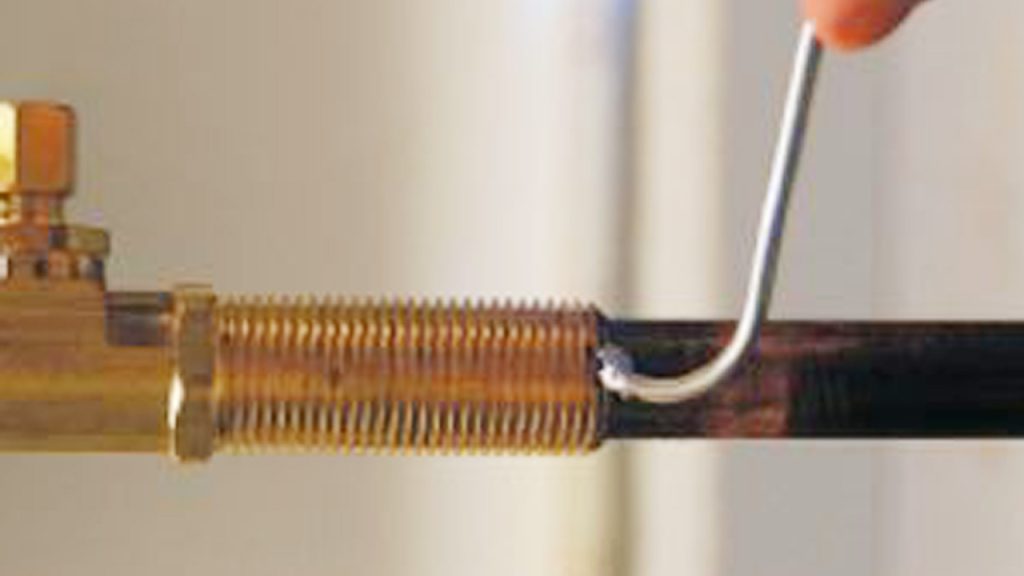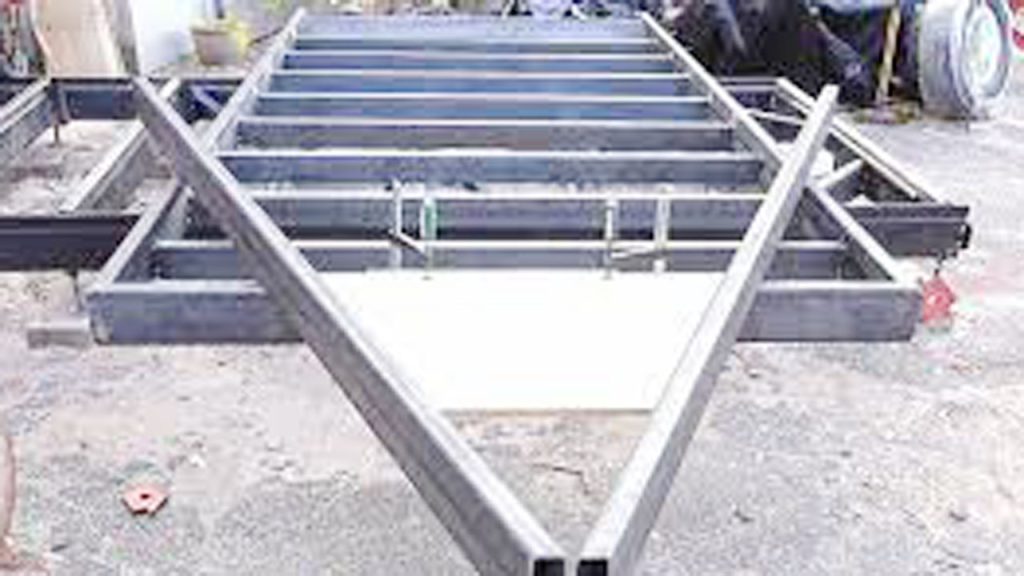When I first encountered the task of joining galvanized and copper pipes, I was a bit intimidated. These two metals don’t naturally get along, and if you’re not careful, corrosion can cause major problems down the line. But with the right techniques and tools, connecting these pipes isn’t just doable—it’s something you can tackle confidently on your own.
I’ll walk you through everything you need to know about joining galvanized to copper pipes. Whether you’re working on a small home plumbing fix or a larger renovation, this information will help you make a secure, corrosion-resistant connection.

Image by oatey.ca
Why Joining Galvanized and Copper Pipes Can Be Tricky
Galvanized and copper pipes are made from different metals that react with each other when connected directly. This reaction is called galvanic corrosion, and it happens when two dissimilar metals are in contact in the presence of water or moisture. Over time, this corrosion can weaken the pipes, leading to leaks or even complete failure.
That’s why it’s important to use proper materials and methods to prevent this chemical reaction.
Tools and Materials You’ll Need
Before you begin, make sure you have all the tools and materials ready. Here’s a quick checklist:
- Pipe Cutter or hacksaw for cutting the pipes.
- Pipe Wrench or adjustable wrench.
- Teflon Tape for sealing threads.
- Dielectric Union to prevent galvanic corrosion.
- Thread Sealant for extra protection.
- Sandpaper or a wire brush for cleaning pipe ends.
- Measuring Tape to measure pipe lengths accurately.
Steps to Join Galvanized to Copper Pipes
Here’s how I typically approach the process:
Shut Off the Water Supply
Before starting, always turn off the water supply to the section of the plumbing system you’ll be working on. This will save you from unexpected leaks and water damage.
Cut and Prepare the Pipes
Use a pipe cutter or hacksaw to cut the pipes to the desired lengths. Make sure the cuts are clean and even. After cutting, use sandpaper or a wire brush to remove any rust, debris, or burrs from the ends of the galvanized pipe. For copper pipes, clean the ends until they shine to ensure a good connection.
Install a Dielectric Union
The dielectric union is the star of this project. It’s specifically designed to connect galvanized and copper pipes while preventing galvanic corrosion.
How It Works:
A dielectric union has a rubber or plastic insulator between its two halves, keeping the metals from touching directly.
Steps to Install:
- Attach the galvanized end of the dielectric union to the galvanized pipe.
- Use Teflon tape on the threads for a tight seal. Wrap the tape around the threads two to three times.
- Tighten the union with a wrench until it’s secure.
- Repeat the process to attach the copper end of the union to the copper pipe.
Use Thread Sealant
While Teflon tape is great for sealing threads, adding thread sealant provides an extra layer of protection against leaks. Apply a small amount to the threads before tightening the union.
Test the Connection
Once everything is connected, turn the water supply back on slowly. Check for any leaks around the connections. If you notice any dripping, tighten the fittings a little more or reapply thread sealant.
Alternatives to Dielectric Unions
While dielectric unions are the most common solution, there are a few alternatives you can consider based on your specific situation:
Brass Fittings
Brass is compatible with both galvanized and copper pipes, making it a great intermediary material. You can use a brass coupling or adapter to join the two pipes.
Pros:
- Easier to install.
- Readily available at hardware stores.
Cons:
- May still experience minor galvanic corrosion over time.
Flexible Couplings
Flexible rubber couplings with stainless steel clamps are another option. These are often used in temporary setups or for underground plumbing.
Pros:
- Quick and easy to install.
- Doesn’t require threading.
Cons:
- Not as durable as dielectric unions or brass fittings.
- May not be suitable for high-pressure systems.
Common Mistakes to Avoid
When I first started working with pipes, I made plenty of mistakes. Here are a few common ones to watch out for:
- Skipping the Dielectric Union: Directly connecting galvanized and copper pipes without a dielectric union or alternative will lead to corrosion. Don’t skip this step.
- Over-Tightening the Connections: While it’s important to have a secure connection, over-tightening can damage the threads or crack the fittings.
- Ignoring Leaks: Even a small drip can become a big problem over time. Always double-check for leaks after installation.
- Not Cleaning the Pipes: Dirty or corroded pipe ends can lead to poor connections and leaks. Take the time to clean them properly.
Maintenance Tips for Galvanized and Copper Pipe Connections
Once your pipes are joined, a little maintenance can go a long way in keeping your plumbing system in good shape:
- Inspect Regularly: Check the connections for any signs of leaks, corrosion, or rust.
- Reapply Sealant: Over time, thread sealant may wear off. If you notice leaks, reapply it.
- Flush the System: Flushing your plumbing system can help remove any debris or sediment that might cause blockages.
Conclusion
Joining galvanized to copper pipes may seem challenging at first, but with the right tools and techniques, it’s a straightforward task. The key is to prevent galvanic corrosion by using a dielectric union or another suitable method.
When I look back at my first few pipe connections, I realize how much I’ve learned by trial and error. With this guide, you can skip the mistakes and confidently tackle your plumbing project. Remember, patience and preparation are your best tools.
So grab your wrench, get your materials ready, and start making those secure, leak-free connections!
FAQs
Why can’t galvanized and copper pipes touch directly?
When these metals are in contact, galvanic corrosion occurs, which can weaken the pipes and cause leaks.
What is a dielectric union?
A dielectric union is a fitting that prevents galvanic corrosion by insulating the connection between galvanized and copper pipes.
Can I use brass fittings instead of a dielectric union?
Yes, brass is compatible with both metals and can be used as an alternative, though it may not completely eliminate corrosion risks.
How do I check for leaks after joining the pipes?
Turn the water supply on slowly and inspect the connections for any dripping or moisture. Tighten the fittings if needed.
Are flexible couplings a permanent solution?
Flexible couplings are more suitable for temporary fixes or underground plumbing and may not be ideal for long-term use in high-pressure systems.

Endow Russel the owner chief editor of giftendow.com . I am a mechanical engineer and assign to an local firm with much experience in welding and industrial equipment.

